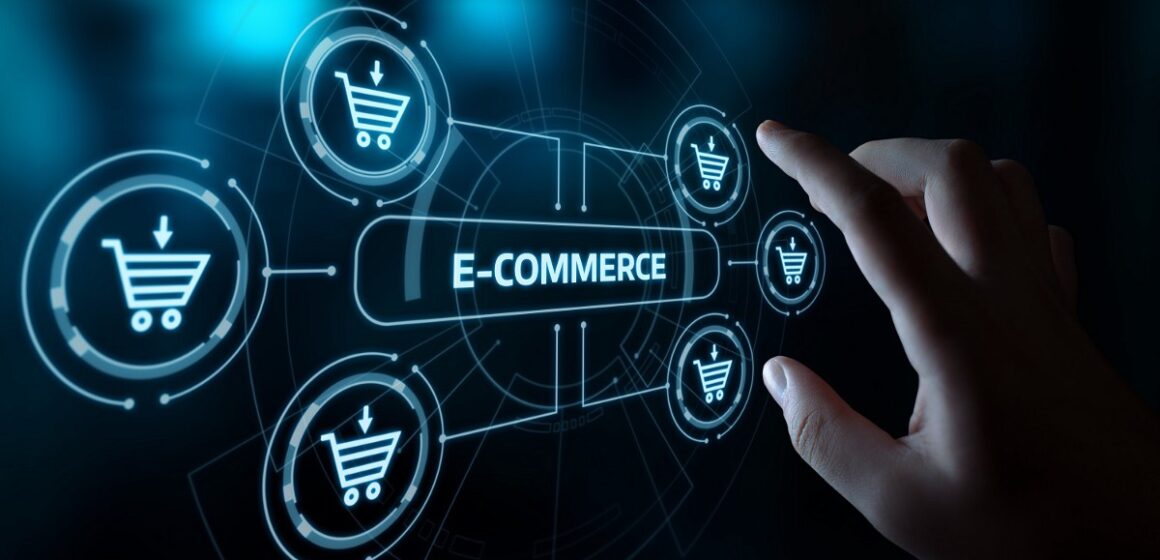Introduction
E-commerce has come a long way from its early days of simple online transactions. In 2025, the industry continues to evolve with advancements in technology, consumer behavior shifts, and global market dynamics. Businesses must adapt to these changes to stay competitive and enhance the shopping experience for consumers. This blog explores the key trends shaping the future of online shopping in 2025.
Personalization and AI-Driven Shopping Experiences
Artificial intelligence (AI) and machine learning are revolutionizing e-commerce by enabling hyper-personalized shopping experiences.
AI-Powered Product Recommendations
- Advanced algorithms analyze browsing history and purchase patterns to suggest highly relevant products.
- AI chatbots assist customers with product selection, ensuring a more interactive shopping experience.
Augmented Reality (AR) Shopping
- AR technology allows users to visualize products in real-world settings before purchasing.
- Virtual try-on features are becoming standard for fashion, beauty, and furniture retailers.
Social Commerce and Live Shopping
Social media platforms are transforming into major e-commerce hubs, blending entertainment with seamless shopping experiences.
Integrated Shopping on Social Platforms
- Instagram, TikTok, and Facebook now offer direct shopping features, reducing friction between discovery and purchase.
- Influencer-driven marketing continues to drive sales with authentic product endorsements.
Live Streaming E-Commerce
- Live shopping events allow real-time interaction between brands and customers.
- Retailers leverage influencers and brand ambassadors to boost engagement and conversions.
The Rise of Voice Commerce
Voice assistants like Alexa, Google Assistant, and Siri are making online shopping more convenient through voice-activated purchases.
Voice Search Optimization
- Businesses are optimizing product listings for voice search to capture hands-free shoppers.
- AI-driven voice commerce enhances accessibility and convenience for users.
Sustainability and Ethical Shopping
Consumers are increasingly prioritizing sustainability and ethical sourcing in their purchasing decisions.
Eco-Friendly Packaging and Carbon-Neutral Shipping
- Brands are adopting biodegradable packaging and sustainable logistics to reduce their environmental footprint.
- Consumers prefer brands that commit to eco-friendly practices.
Transparency in Supply Chains
- Blockchain technology enables greater transparency in tracking product origins and ethical sourcing.
- Ethical consumerism is influencing purchase decisions, driving demand for fair-trade and cruelty-free products.
Subscription-Based Shopping and DTC Models
The subscription economy and direct-to-consumer (DTC) models are reshaping how products are sold and delivered.
Growth of Subscription Services
- Monthly subscription boxes cater to niche markets, offering convenience and personalized experiences.
- AI-driven predictive analytics ensure timely product replenishments based on customer needs.
Direct-to-Consumer (DTC) Expansion
- Brands are bypassing traditional retail channels to establish direct relationships with customers.
- Exclusive online-only products and personalized experiences strengthen brand loyalty.
The Future of Payment Innovations
Payment technologies are evolving to enhance security, convenience, and accessibility for online shoppers.
Buy Now, Pay Later (BNPL) Growth
- BNPL services like Klarna and Afterpay allow consumers to split payments into interest-free installments.
- Younger consumers prefer BNPL over traditional credit cards for budget-friendly shopping.
Cryptocurrency and Digital Wallet Adoption
- More retailers are accepting cryptocurrencies and digital wallets as payment methods.
- Blockchain-based transactions provide secure and transparent payment solutions.
Conclusion
The evolution of e-commerce in 2025 is driven by technology, changing consumer expectations, and sustainability efforts. Businesses that embrace AI-driven personalization, social commerce, voice shopping, and ethical practices will thrive in this rapidly evolving landscape. As e-commerce continues to innovate, the future of online shopping will be more immersive, convenient, and customer-centric than ever before.


Leave a Reply